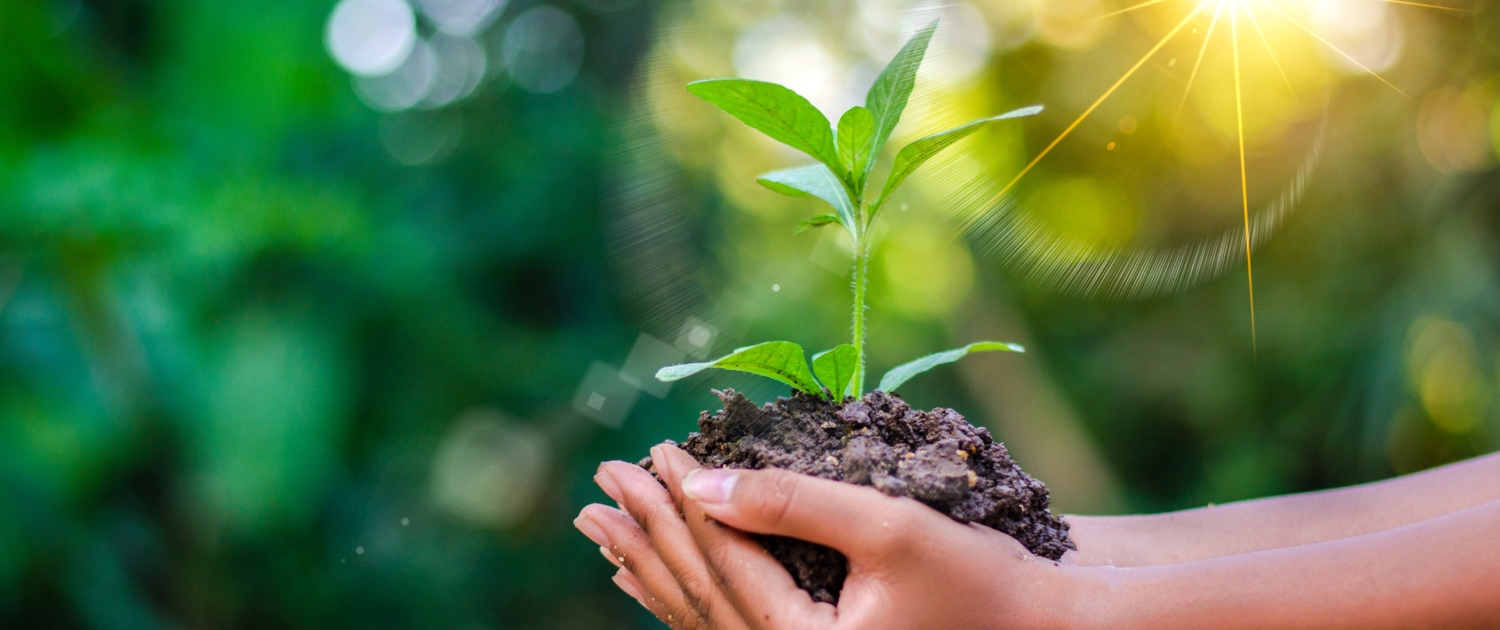Are you a tree lover?
I definitely am. I could walk around forests or in our home jungle in Northern Thailand all day long.
As long as there is still enough trees to actually walk around.
Let’s make sure there will be.
I will share one of my favorite quotes with you: “The best time to plant a tree was twenty years ago. The next best time is now.”
OUR PROJECTS
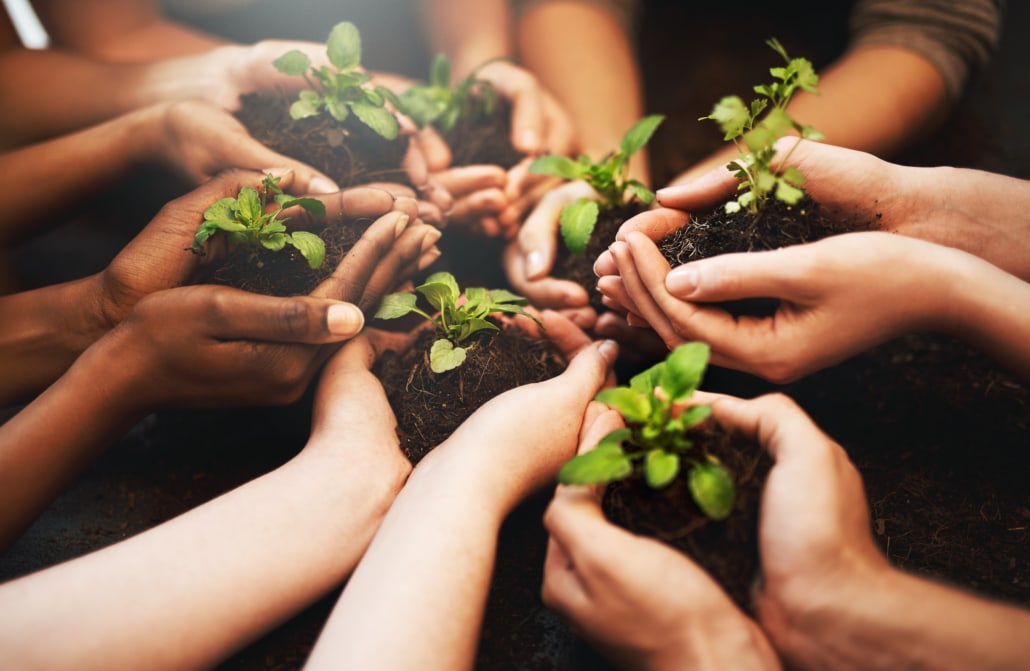
What we are doing to the forests of the world is but a mirror of what we are doing to ourselves and to one another.
As natural as nature and a forest can be, as natural it is also for me and my team to of course support any projects helping and sustaining our beloved green planet as well.
As many others also do, we believe that Forest Restoration and Conversation is vital to provide a sustainable growth and re-population of native wildlife throughout the South East Asian region, including Thailand.
Every Tree Counts !!
UNDERSTANDING FOREST RESTORATION
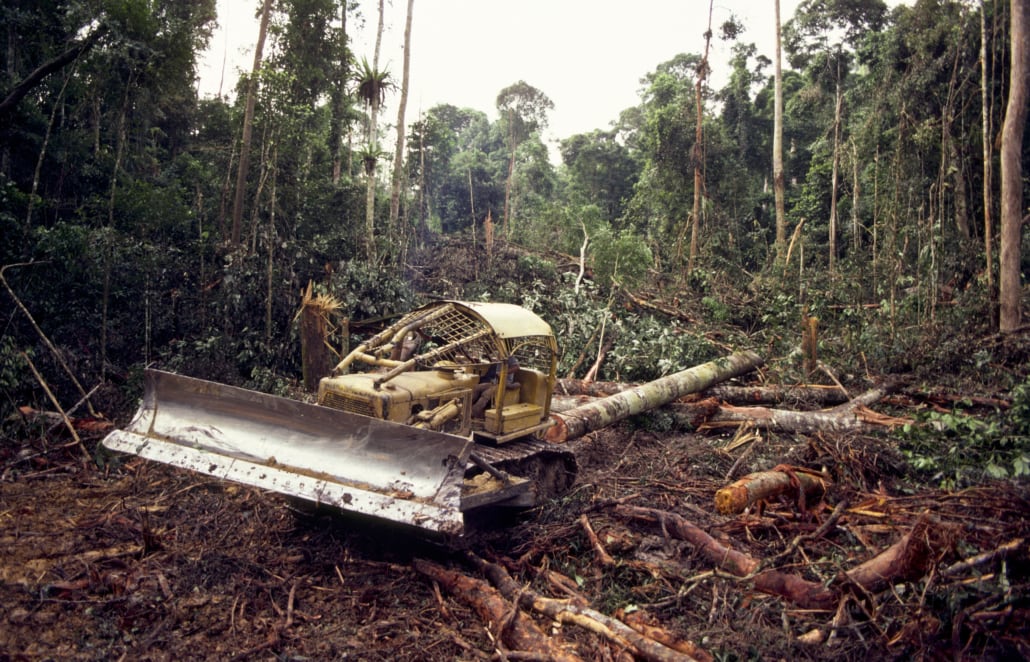
Some people take the view that deforested areas should be left to recover naturally. And, that forest restoration is unnecessary interference with nature.
This view fails to recognize one important point. Namely, that the situation in most large deforested areas is far from having natural causes. But it was made by human hand.
One can even go so far and claim that humans have not even only destroyed forests around the world. Simultaneously, we also destroyed the natural mechanism of forest regeneration as well.
The elimination of most large seed-dispersing animals by hunting, now makes it almost impossible for climax forests to re-establish itself by natural means. Nearly all wildfires, which threaten to burn tree seedlings that may become established, are also started by humans.
Unless a concerted effort is made to restore the former mechanisms of forest regeneration. Most deforested areas in the tropics will remain dominated by herbaceous weeds and maintained by frequent fires.
Forest restoration is merely an attempt to correct the “unnatural” creation of so many large deforested areas by ourselves.
Its success depends on a thorough understanding of the natural mechanisms of forest regeneration. And it also depends on the consequent development of methods to re-instate them.
WHAT IS FOREST RESTORATION
Basically, forest restoration is “directing and accelerating ecological succession towards an indigenous forest ecosystem of the maximum biomass, biodiversity, ecological functioning a structural complexity that are self-sustainable within prevailing climatic and soil limitations”.
Any questions? 😉
In other words, we help to plant and grow trees. We are doing it, where forests are not capable themselves anymore. This way, we are hoping to give our mother nature a helpful hand and impulse.
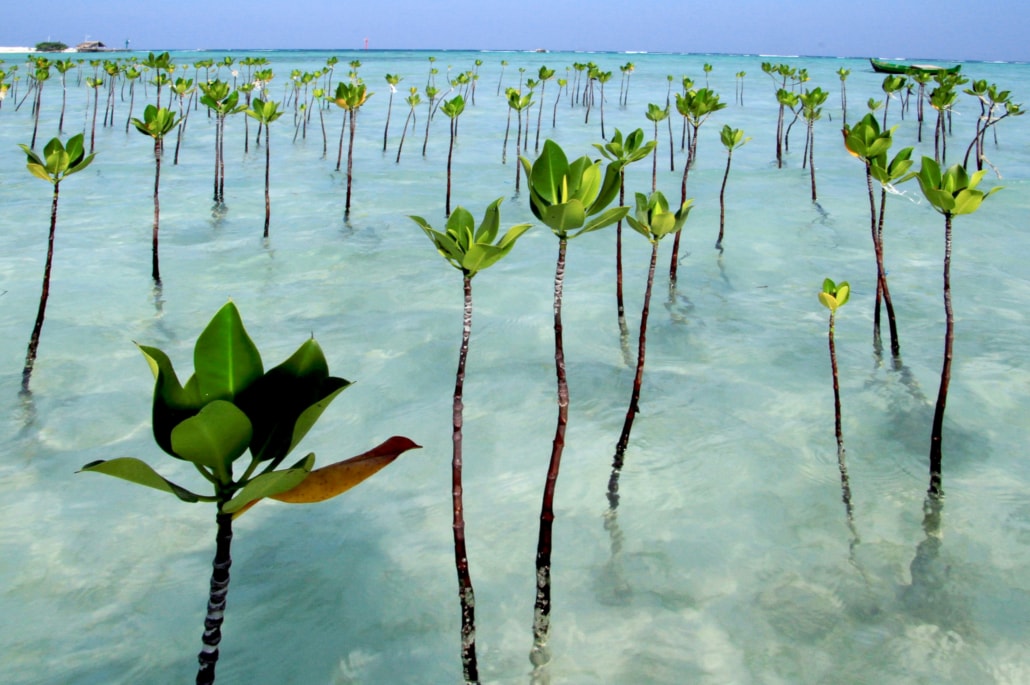
To even go further, Forest Restoration is an inclusive process. It heavily depends on collaboration among a wide range of stakeholders. This is including local communities, government officials, non-government organizations, scientists and funding agencies.
Its ecological success is measured in terms of increased biological diversity, biomass, primary productivity, soil organic matter and water-holding capacity. As well as the return of rare and keystone animal and plant species, characteristic on the target ecosystem.
To put it simple, the greener and more diverse for each particular region the outcome is, the better and more successful was the process of Forest Restoration.
WHY PARTICIPATE
Habitat destruction is the most pressing issue facing local communities and wildlife. Such as the Asian elephant and many other animals we surely want our ancestors to cherish as well.
A recent study by the Conservation International listed the Indo-Burma Forest Hotspot, which includes Thailand, Cambodia, Laos, Vietnam and Burma, as the most threatened one in the world.
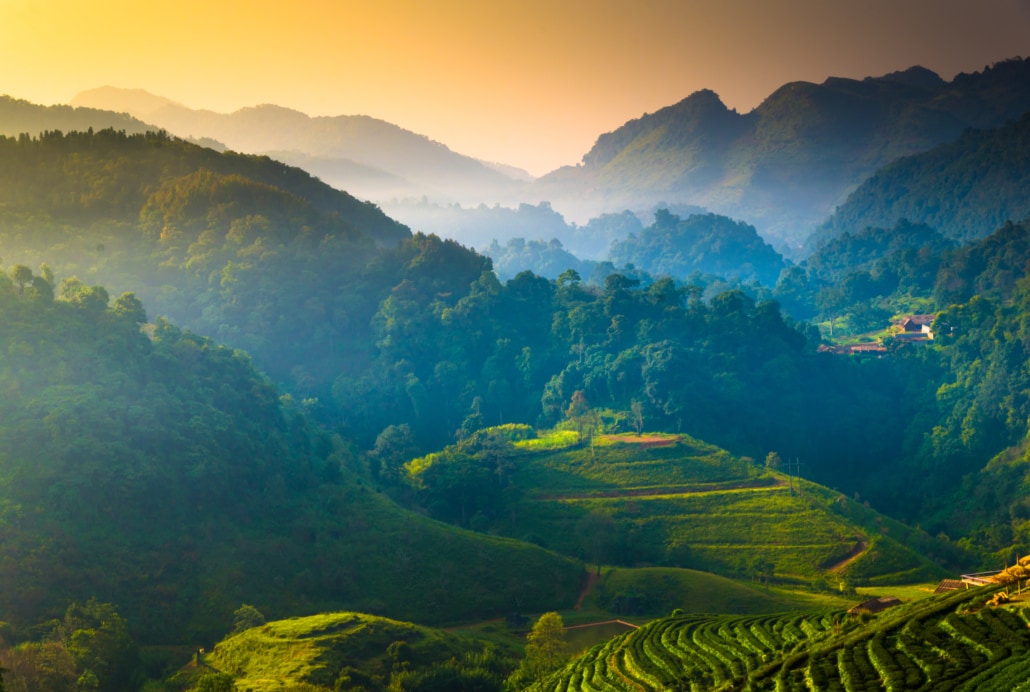
By their estimate, only five percent of these irreplaceable Southeast Asian jungles remain intact.
For example, wild elephants, whose family groups typically need over ten thousand acres of habitat to survive, are suffering in the face of logging and farming interests.
We are committed to stemming this destruction through working with volunteer groups, local farmers, government agencies, and temples with forest restoration.
By restoring lost habitat, we increase our capacity to rescue more elephants from abusive situations and heal the fragmented range of wild populations.
HOW TO START AND MAINTAIN
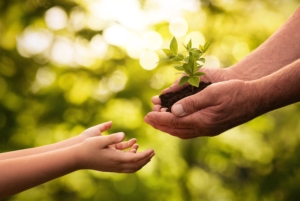
Tree planting is undoubtedly one of the most popular activities of forest restoration.
As you might imagine, at the end of a hard day’s work, the sight of degraded land, dotted with newly planted saplings, is immensely rewarding. It gives planters the satisfaction of knowing they have done what they can. In order to reverse the destruction of natural resources.
However, tree planting is by no means the end of the forest restoration process, but only the beginning.
As for many things in life and for our society and environment. A long term commitment is essential to eventually see any real success.
It is rather easy to motivate and mobilize local communities. They are more than okay to plant a few trees during joyful tree planting events. But to be very honest, it is a lot more difficult and challenging to keep the same motivation up for many more years to come. So, the trees can eventually survive and stay for many more generations to enjoy.
To be even more honest with you, everything can still lead to no changes. Unless we control weeds, apply fertilizers and prevent random bush fires as best as possible. When all of these are in place, the hard work can become a success. The dedication of the tree planters and the immense effort expended in the nursery to grow tree seedling will amount to something then.
Forest Restoration is a process, not just a simple planting event.
LOCAL AWARENESS & SUPPORT
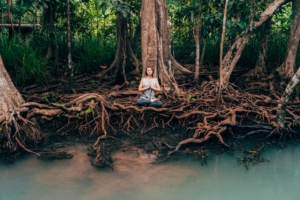
We strongly believe, that the support of local monks has been invaluable to our restoration projects.
As you might very well know already, our Thai culture holds Buddhist monks in the highest regard. We consider their orange clothes and their holy prayers sacred. Everyone has to respect them.
Therefore, we asked monks for support. They have helped our effort by blessing and donating thousands of their special orange clothes. We then tied them around trees. As a result, we are able to ensure the forest survival this way.
In Thai culture, to cut a tree protected by the holy cloth would be to invite several lifetimes of bad karma.
Trust me, nobody likes bad karma, especially not Thais.
That’s a risk very few people dare to take. Not even those doing business in the illegal tree logging industry.
HOW YOU CAN HELP

Of course, everything is free of choice and totally up to your own wishes.
In case you would like to support initiatives such as Forest Restoration. Here are a few ways, which might sound interesting to you.
There are many great programs for volunteers (www.giveolunteers.org) to sign up and join. You could choose specific regions in the world, you find interesting yourself
Additionally, you could also check out great projects such as the World Tree Trust (www.worldtreetrust.com). It provides funds for seedling nurseries. Furthermore, it implements tree planting programs. Even more, it also operates educational workshops in the UK, South East Asia and in South America.
If you are not able to become a volunteer for example you could also support by giving donations. (www.worldtreetrust.com)
Or and this really sounds like fun to me. You could dedicate a tree. (www.worldtreetrust.com)
You could give a tree away as a birthday gift to others. Or for any other desired occasions. Or even in memory of dearly loved friends or family members, if you wish.
There are quite a few ways to help.
I don’t want to sound too cheesy but drinking and enjoying our beloved Siam Hills Coffee. You would of course help and support as well. We commit ourselves very actively and enthusiastically. We want to give and share as much as possible.
Our own motto:
Making money is nice, creating and maintaining a sustainable future for every living being involved is a lot more fun!
How about you?
Have you ever maybe planted a tree in your life already? If yes, where and when was it?
What other projects do you find interesting and exciting to support?
Please be so kind to share with us. We are always eager and fascinated to learn and grow more. Like the trees we are panting. 😉

